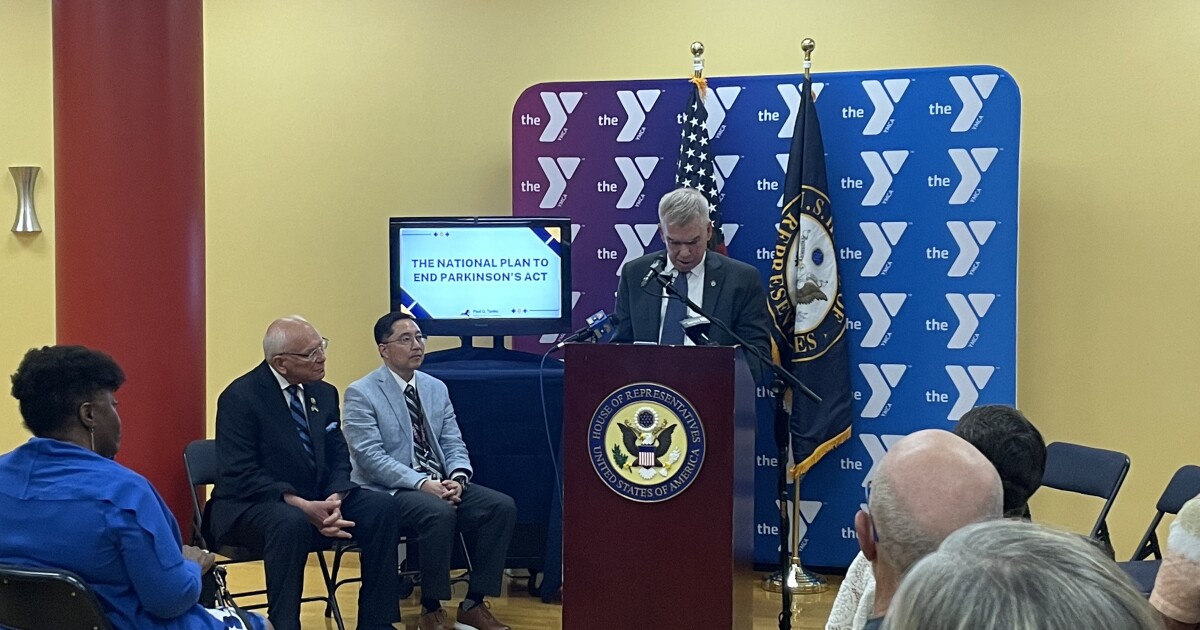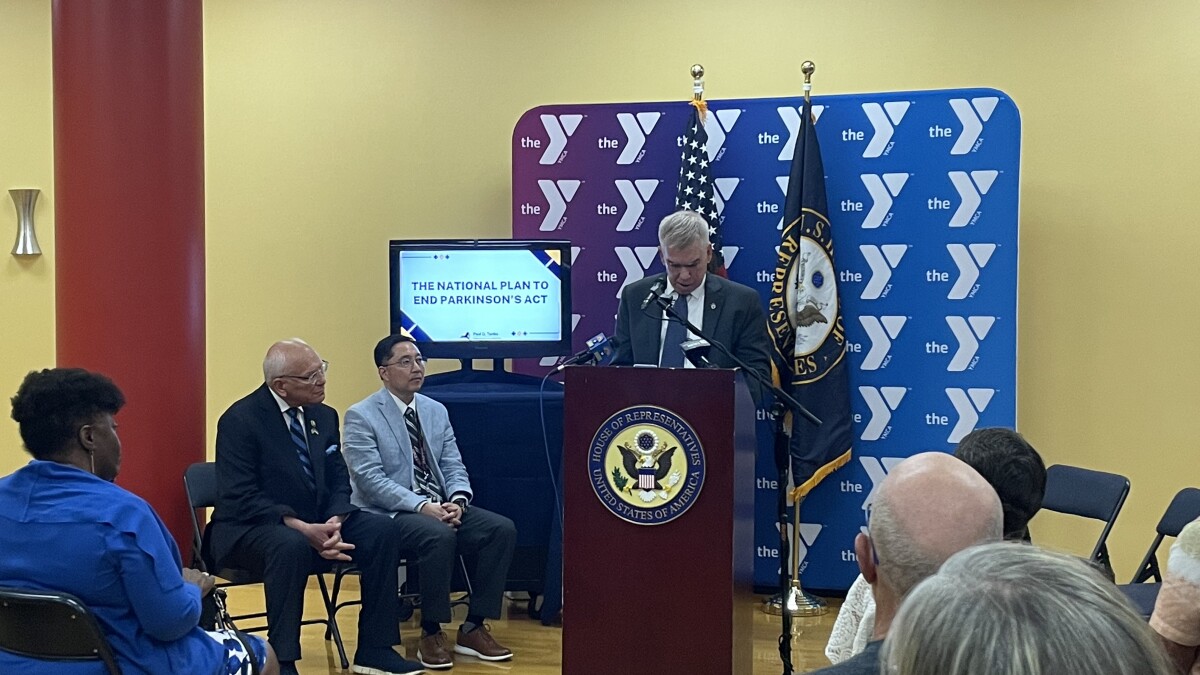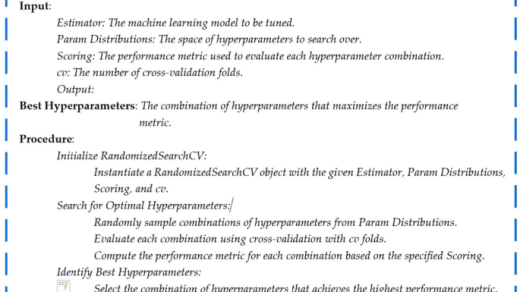
President Biden signed legislation this week aimed at preventing and finding a cure for Parkinson’s Disease.
Championed by New York Congressman Paul Tonko, the National Plan to End Parkinson’s Act will provide more federal funding for Parkinson’s research to prevent and cure the disease.
The Democrat from the 20th District says more than a million Americans live with the disease that affects the nervous system.
“It’s a really good collaborative that we have seen working really well with the Alzheimer plan. I really mimicked that effort on behalf of Parkinson’s,” Tonko said.
The bipartisan legislation is modeled after the 2011 National Alzheimer’s Project Act, which created a national effort to address the Alzheimer’s crisis and all other forms of dementia by 2025.
Tonko says the bill will help better focus federal spending on research, estimated at $52 billion annually.
Damian Shin is a professor and interim chair for Albany Medical College’s department of neuroscience and experimental therapeutics. He says while every patient is different, common symptoms of the progressive disease are tremors, rigid muscles, speech changes, and loss of automatic movements. Shin says the legislation will allow researchers to leverage resources to accelerate advances for therapeutics.
“Right now, the one that works the best, the gold standard, is Levodopa. It has their own trademark names, and really has been devised since 1950s, 1960s and really hasn’t moved that much, except for a better way for delivering that,” Shin said. “So, you have constant delivery through intestinal gels, you have patches, you have nasal sprays, but at the end of the day it’s still a dopamine replacement therapy. We’re now looking at things like gene therapy, stem cell research, neuromodulation, you have now the new one that’s at least you know, being discussed is noninvasive, focused ultrasound, deep brain stimulation has come a long way now.”
In addition to providing federal funding for research, the law will ensure federal entities coordinate efforts to manage, treat, and cure the disease and provide Congress with progress reports on the plan’s goals.
Mark Burek has lived with the disease since 2007. Since being diagnosed, he founded Hope Soars, an organization aimed at inspiring those in the community to live fully. Burek says when he was diagnosed, he felt isolated and didn’t know where to find a sense of kinship. Today, Burek says he feels a sense of camaraderie with others in the Parkinson’s community.
“There’s nothing worse than going someplace and not knowing anybody, not being able to relate,” Burek said. “Our Parkinson’s programs has everybody relating to each other, like I have a bad hip and it’s part of sciatica. Somebody two doors down, he’s got the same thing going on So we communicate, we talk it out, and I get certain tips from him. He gets certain tips from me. That’s the way it goes.”
Tonko credits the advancement of the legislation, which passed the House in December and the Senate in May, to Democratic Virginia Congresswoman Jennifer Wexton, who was diagnosed with Progressive Supranuclear Palsy and became a steadfast advocate for the bill. Tonko spoke in Schenectady Tuesday as President Biden prepared to sign it.
“It doesn’t end with the Parkinson’s patient and loved ones that surround that individual are impacted just by watching the journey of their loved one and knowing that there are some limitations that have come their way,” Tonko said.
This was shown first on: https://www.wamc.org/news/2024-07-05/national-plan-to-end-parkinsons-signed-into-law-by-president-biden



